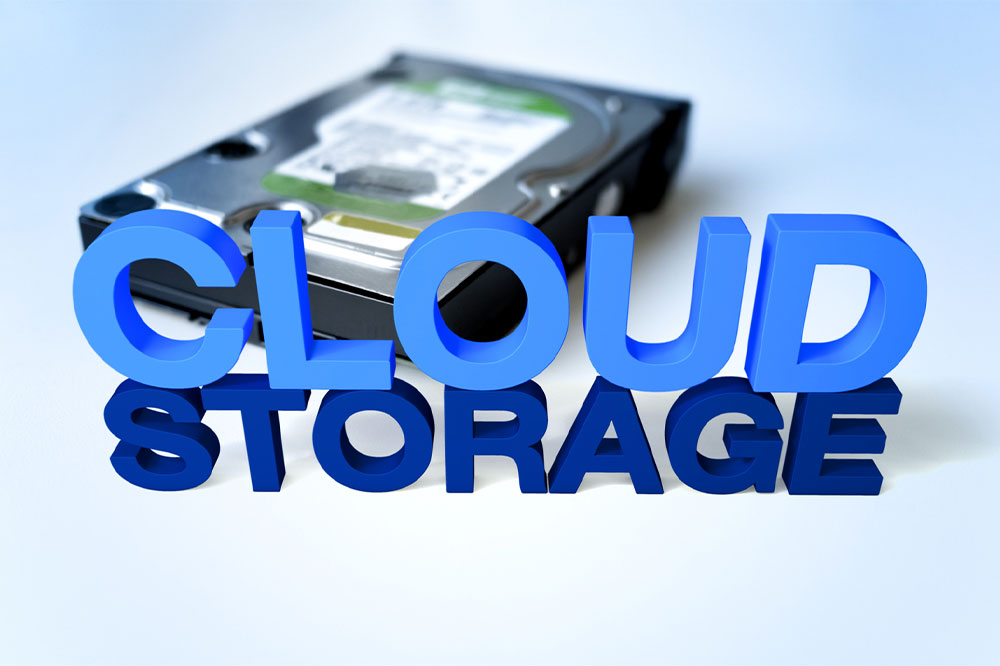Optimizing SaaS Operations: Essential Management Tools and Strategies
This article explores essential SaaS management platforms, their key features, and best practices for successful implementation. Learn how to boost efficiency, enhance security, and control costs with top tools designed for modern businesses. Guidance is provided on selecting and deploying SaaS management solutions effectively to streamline operations and ensure compliance.

Streamlining SaaS Operations with Effective Management Solutions
The rise of Cloud-based Software as a Service (SaaS) has transformed business operations globally. SaaS management platforms ensure these services function optimally, securely, and cost-effectively. This article examines essential aspects of SaaS management tools, their significance, core features, and leading providers in the industry today.
Significance of SaaS Management Platforms
1. Enhanced Productivity:
These platforms simplify administrative workflows, minimizing time spent on managing applications, thereby boosting overall efficiency.
2. Financial Oversight:
They allow tracking of subscription costs and usage patterns, aiding in license optimization and reducing wasteful spending.
3. Protection and Security:
These solutions boost security by providing continuous monitoring and control to safeguard sensitive data from breaches and unauthorized access.
4. Growth Compatibility:
SaaS management systems scale with your organization, supporting expanding needs without sacrificing security or performance.
5. Regulatory Compliance:
They help ensure adherence to legal standards through audit logs, compliance reports, and trail documentation, lowering the risk of penalties.
Core Features of SaaS Management Platforms
1. Application Oversight:
Centralized dashboards enable comprehensive management of all SaaS apps, offering insights into usage, performance, and licensing status.
2. System Integration:
Seamless integration with existing IT setups ensures interoperability among various systems and applications.
3. Process Automation:
Automated workflows handle updates, data backups, and maintenance tasks, reducing manual effort and human oversight errors.
4. Performance Monitoring and Data Analysis:
Real-time analytics provide valuable insights into system health, user activity, and security incidents to inform strategic decisions.
5. Access and User Management:
Efficient control over user provisioning, de-provisioning, and permission settings ensures right access for the right users.
6. Security Measures:
Features like multi-factor authentication, encryption, and secure protocols maintain high security levels across platforms.
Leading SaaS Management Platforms
With various options available, selecting an optimal platform can be challenging. Here is an overview of top providers to guide your choice:
BetterCloud: Focuses on user lifecycle, security, compliance, with a subscription pricing model and high integration capabilities. 24/7 support available.
Intello: Specializes in SaaS spend tracking and license optimization, offers high compatibility with support via email and phone.
Torii: Provides automation workflows and compliance monitoring, medium integration, support via email and chat.
Zylo: Excels in license and vendor management, high compatibility, support available round-the-clock.
Blissfully: Emphasizes workflow automation, compliance, and spend management, with moderate integration and email support.
Best Practices for Deploying SaaS Management Solutions
1. Set Clear Goals:
Define primary objectives—be it reducing costs, boosting security, or improving user efficiency—to select suitable tools effectively.
2. Research Thoroughly:
Compare platforms through trials and demos, evaluating features, pros, and cons before making a decision.
3. Include Stakeholders:
Engage teams from IT, finance, and operations to ensure the platform aligns with organizational needs.
4. Prioritize Integration:
Opt for solutions compatible with existing systems to prevent compatibility issues.
5. Focus on Security & Compliance:
Choose platforms with robust security protocols and compliance features to safeguard data and meet legal standards.
6. Offer Training & Support:
Select providers offering comprehensive onboarding resources and ongoing customer assistance for smooth adoption.
Modern businesses rely on SaaS management tools to maximize application benefits, control costs, and maintain security. Carefully assessing features and platforms ensures effective deployment and ongoing management improvement.
References:










